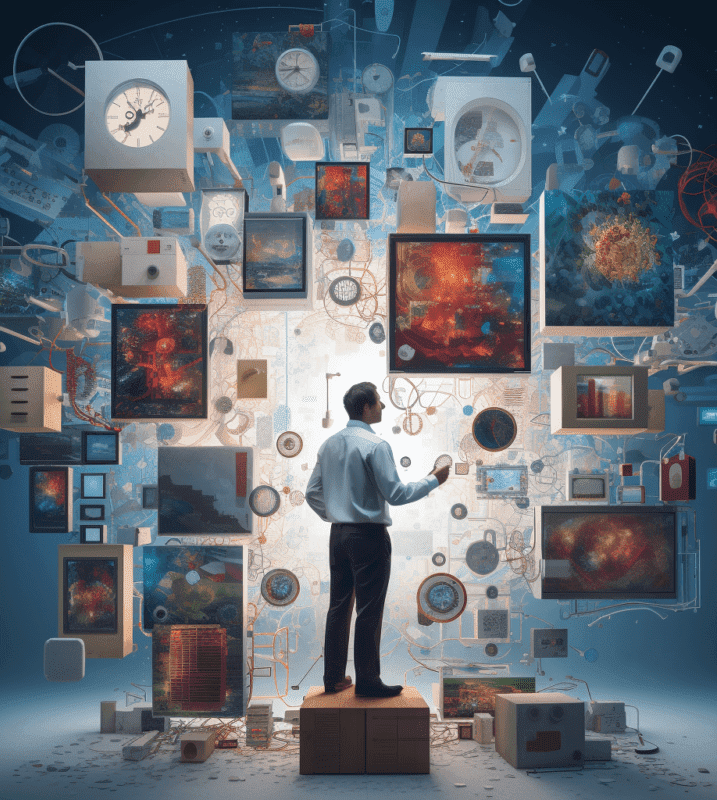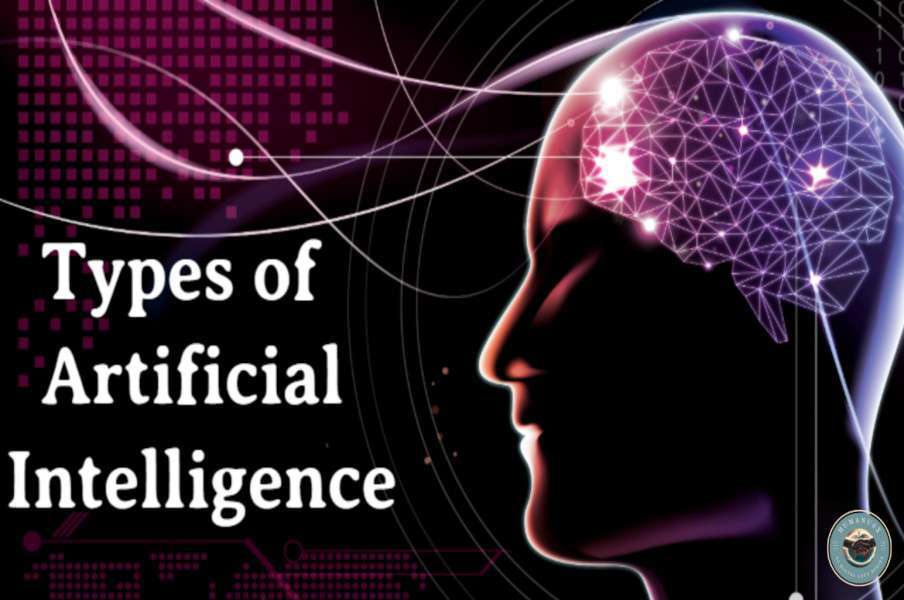April 8, 2023
Demystifying AI: An Overview of the Different Types and Applications
Artificial intelligence (AI) is rapidly transforming the way we live and work, from automating routine tasks to powering advanced technologies such as self-driving cars and virtual assistants. But not all AI is created equal - there are a variety of different types of AI, each with their own unique capabilities and applications. In this article, we'll provide an overview of the different types of AI, from narrow/weak AI to general/strong AI, and explore the applications and potential of each type. Whether you're a business owner looking to implement AI in your operations or simply curious about this rapidly evolving field, this article will provide a valuable introduction to the diverse world of AI.
First, let's start by defining what we mean by "AI." At its core, AI refers to computer systems that can perform tasks that typically require human intelligence, such as recognizing patterns, making decisions, and solving problems. There are a variety of different types of AI, each with their own unique capabilities and applications.
For easier understanding it is worth mentioning that to date ANI represents all the existing AI, including even the most complicated and capable AI that has ever been created. Even the most complex AI that uses machine learning and deep learning to teach itself falls under ANI.
- Narrow/Weak AI (ANI): Narrow AI, also known as weak AI, is designed to perform specific tasks and operate within a limited scope. Examples of narrow AI include image and speech recognition systems, chatbots, and recommendation engines and is used to automate repetitive tasks, improve customer experiences, and increase efficiency. - Google Photos, Mitsuku, Netflix, ChatGPT -
- General/Strong AI (AGI), Theory of Mind (ToM), Self-aware and Artificial Superintelligence (ASI): These types of AI are designed to be capable of performing any intellectual task that a human can do. They possess a broad range of cognitive abilities, including natural language processing, pattern recognition, and decision making. The latter Self-aware AI has the potential to compete with the human race. At present, there are no known examples of true general, ToM, self-aware or ASI AI systems that can perform any intellectual task that a human can do. Debates and speculations are ongoing when and if general AI will or even can become a reality. https://www.nature.com/articles/s41599-020-0494-4
- Machine Learning:Machine learning is a type of AI that uses algorithms to learn from data, improve its performance over time and is often used in combination with other types of AI, such as deep learning and reinforcement learning. - Siri, Alexa, Falcon Fraud Manager, Salesforce Einstein, IBM Watson CEA -
- Deep Learning: Deep learning is a type of machine learning that uses neural networks to learn from large amounts of data. - Google Photos, FB DeepFace, Google Assistant, Alexa, Waymo, Tesla Autopilot -
- Reinforcement Learning: Reinforcement learning is a type of machine learning that involves an AI system learning from its own experiences and interactions with its environment, mainly game-playing AI-, robotics- and autonomous systems. - AlphaGo by Google DeepMind, OpenAI Five, DeepMimic, Universal Robots, Boston Dynamics Spot - .
Curious about artificial intelligence and its potential applications? Introducing and exploring the different types of AI and their unique strengths and applications. PART I PART II will focus from chatbots and recommendation engines to facial recognition and voice assistants, showing real-world examples of how hotels and restaurants are leveraging AI to enhance guest experiences and improve operations.
Andreas Schmit
CEO




